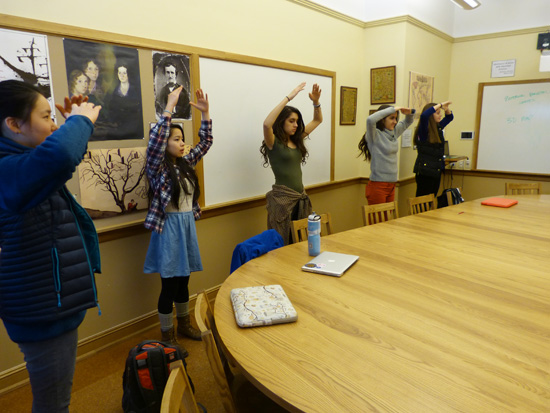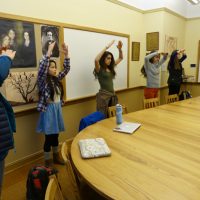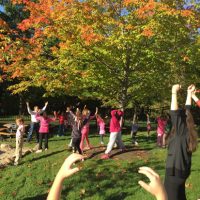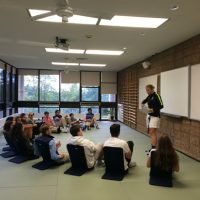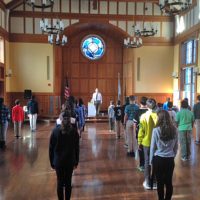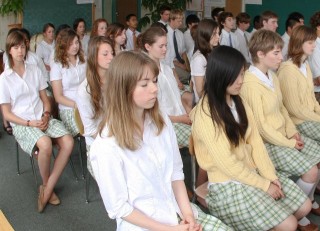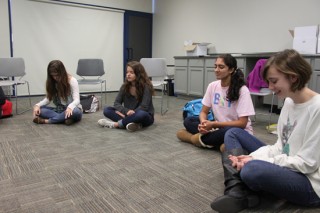Four years ago, Hackley English Department Chair Dr. Richard Robinson began starting every class with a breathing meditation exercise. At first, he says, it was an experiment for his 10th-12th graders. “I wanted to see what would happen. They’d come into the classroom with their brains full of so much stuff — in a way that isn’t pedagogically constructive.”
Despite initial eye-rolling, the practice continued, until one day, when his 10th graders launched into discussion without pausing for meditation. “It was a mess — scattered, unfocused,” Dr. Robinson recalls. “And then one of the boys said, ‘Are we going to meditate today? Because we really need it.’ I hadn’t realized how much it changed their capacity to settle in. It was astonishing how much more productive and focused the discussion became.”
Dr. Robinson thinks the practice has made the classroom a place where new ideas are more welcome, and that students are less judgmental about the thinking of their peers, especially when it’s outside the box. “As a teacher, you sometimes forget that your class is just one on the long list of things students need to juggle. Meditation challenges them to come back to their bodies and find a place of calm, and helps them remember who they are.”
It’s also part of the school’s long-term commitment to develop programs with a focus on helping the community “live wisely and well.”
“I like the meditation before class,” says Carly, a Hackley senior, “because it feels like one of the few times in the day where everyone slows down for a second, which is significant in high school when ‘just keep swimming’ can sometimes feel like the mantra.”
